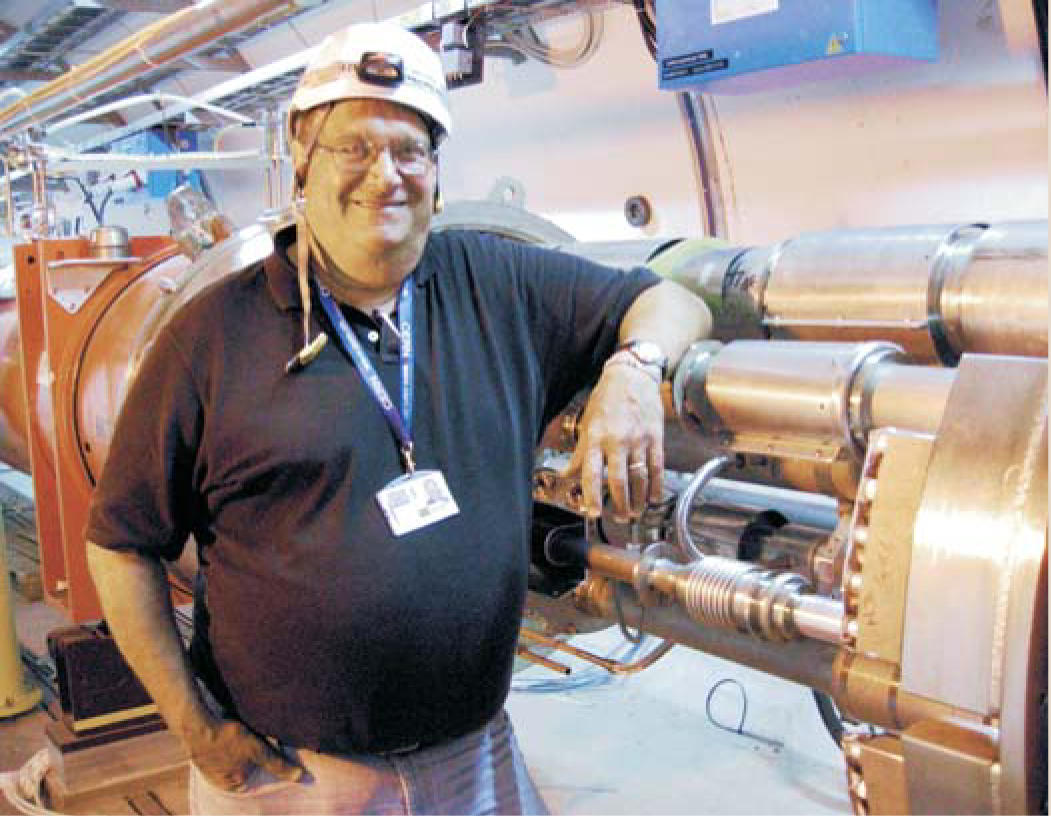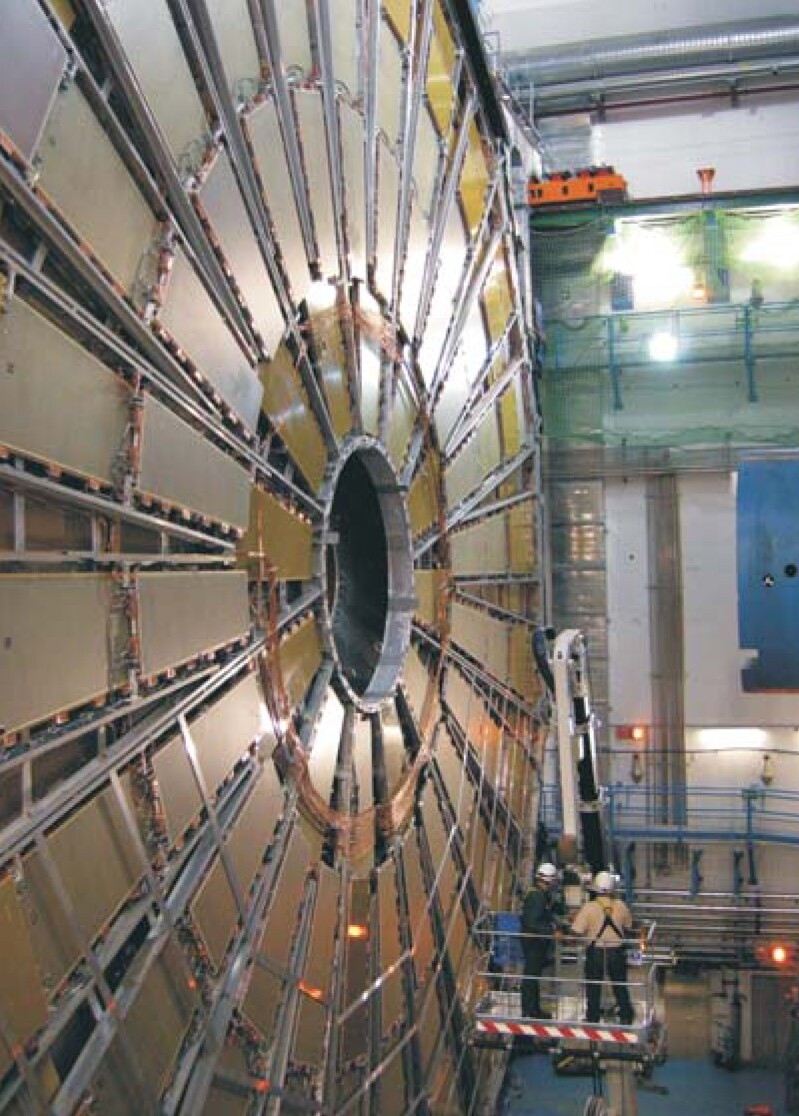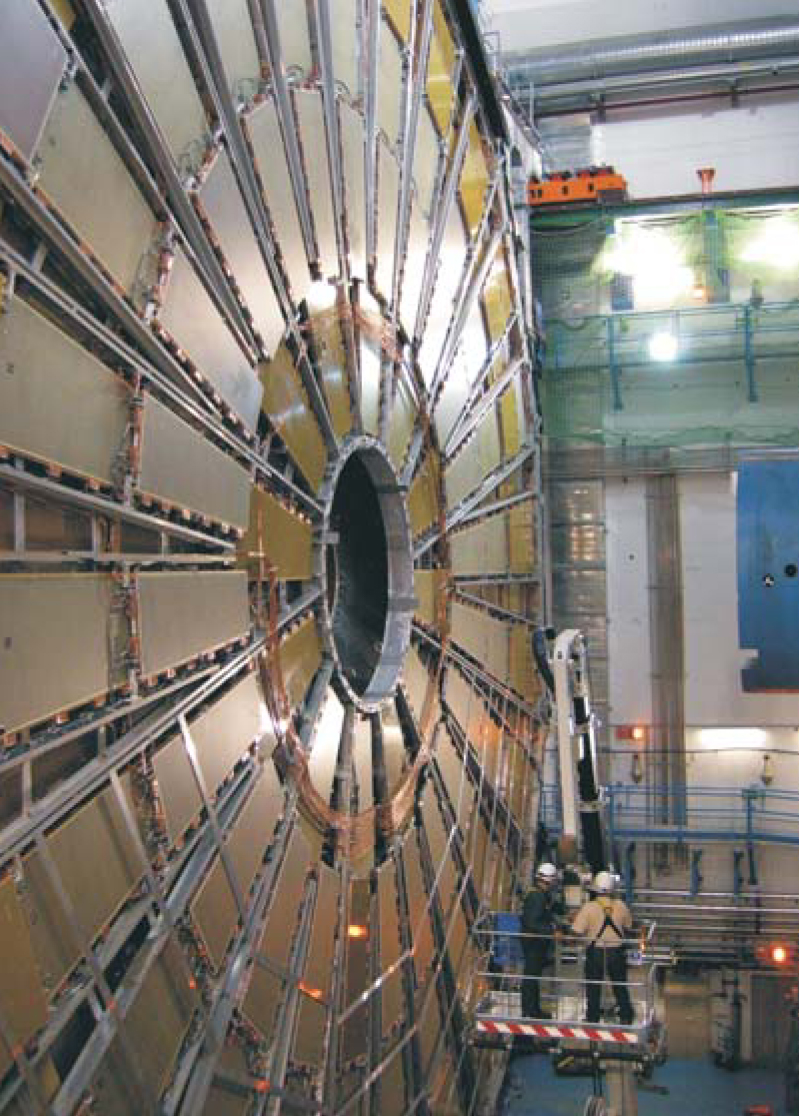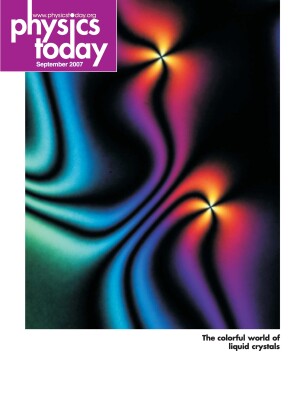Multiple problems push LHC start to next spring
DOI: 10.1063/1.2784676
In June CERN director general Robert Aymar announced that the $7 billion Large Hadron Collider would start up in May 2008, eight months later than planned. The delay was no surprise to accelerator and particle physicists, and it was generally blamed on a highly publicized failure related to magnets made at the US’s Fermilab. Actually, the magnets only added to other complications at the LHC.
“We’ve had to adjust the schedule to take into account the problems we’ve had,” says LHC project leader Lyn Evans. The current plan is to begin engineering trials at 900 GeV next May and then ramp up to 14 TeV by mid-July. Even with the delays, Aymar says that for physics experiments, “the startup date remains exactly the same—July 2008.”
The LHC was first proposed in 1984, and installation began in 2000 after an earlier accelerator, the Large Electron-Positron (LEP) Collider, was shut down. To save costs the LHC uses the same tunnel 85 meters below the surface and some of the same equipment as the dismantled LEP.
The LHC will be able to study the inner structure of matter on the smallest scale yet, says CERN theoretical physicist John Ellis, and should help answer questions such as why quarks, leptons, gauge bosons, and neutrinos have mass, and also explain the asymmetry between matter and antimatter.
Industrial contracts for the LHC were first awarded in 1994. “Thirteen years is not long for a project of this magnitude,” says Evans, “but it is a long time for industry, and we’ve had to face issues such as companies going bankrupt and litigation, issues that have given us problems in four or five instances. I’m very happy now to have all of the hardware at CERN, and it’s now in our hands.”
Magnet malaise
In the LHC, protons will be accelerated in two counterrotating beams. At four points along the ring, the protons collide; one of four detectors—ATLAS, the Compact Muon Solenoid (CMS), LHC b, or ALICE (see page 90 of this issue)—sits at each collision point. The LHC uses an unprecedented 6000-plus superconducting magnets to position and focus the beams. “We did a lot of prototyping work to validate our design principles before building the machine,” says Evans.
The LHC delays were initially blamed on the 24 focusing magnets provided by Fermilab that were designed to squeeze the proton beams together to create collisions. In March, during a pressure test while cooling a magnet in vacuum to 1.9 K with liquid helium, “there was an unbalanced longitudinal force that was not taken account of in the design that was the equivalent of about 15 tons at the peak of the pressure test. The structure supporting the magnet in the cryostat broke and the magnet lurched forward,” says Fermilab’s Peter Limon, who helped commission the magnets. The pressure test, he adds, “is at a higher pressure than we would see operationally.”
Engineers at first thought the magnets had to be removed from the LHC tunnel and brought to the surface for repairs, which would have meant significant delays to the project. Instead, says Limon, the support beams are being fixed in place. Four metal cartridges are being fitted to each of the affected magnets. The extra bracing transmits the force to the floor and should stabilize the magnets when the LHC is operational, he explains. (See Physics Today’s website for a video demonstration.) The cost of the repairs and what Fermilab and CERN will each pay are still being negotiated.
While fixing the Fermilab magnet supports, workers discovered that some of the beam supports around the ring-shaped tunnel were not up to safety specifications. Extra braces are being installed. “The only remaining safety hazards in the tunnel are the bicycles,” says Limon. “They are too quiet and can sneak up on you.”
A leaky schedule
Among the other things CERN has had to fix was a leak in a vacuum pipe. As part of the final preparations for startup, sections of the vacuum pipe are being baked to remove foreign materials. Cooling a section of pipe to near absolute zero in vacuum and then bringing it back to room temperature can take more than six weeks. In a recent section test, a leak required time-consuming repairs. CERN has also experienced problems with regulating the compressors that cool the machine to 1.9 K. Says Evans, “Some sections have now been cold for three or four months and are working perfectly, except for a few of these teething problems.”
In addition, researchers working on the CMS experiment discovered a noise problem in the photomultipliers when they observed cosmic rays as part of a test. “Fortunately, [the noise problem] disappears when we reach our operating standards, although we have no idea what is causing it,” says Pawel de Barbaro of the University of Rochester. The delayed schedule is proving advantageous to the experiment teams, especially ATLAS and the CMS, says Evans.
But perhaps the LHC’s weakest link will prove to be the initial injector, which fires particles into the ring and is a relic of LEP and earlier machines. The injector is old, says Evans. “It’s very flaky and needs a major investment and refurbishment or it needs to be replaced.” Aymar agrees and says that his concern is the lack of spare parts for the machine. Construction of a new $150 million injector will start in 2012 when CERN finishes paying off the loans it took out to build the LHC (see Physics Today December 2001, page 21

Some 85 meters underground at the Large Hadron Collider, Peter Limon stands next to some of the Fermilab magnets that need fixing.
PAUL GUINNESSY


Two workers check the wiring on part of the 7000-ton ATLAS detector.
PAUL GUINNESSY

More about the Authors
Paul Guinnessy. pguinnes@aip.org

